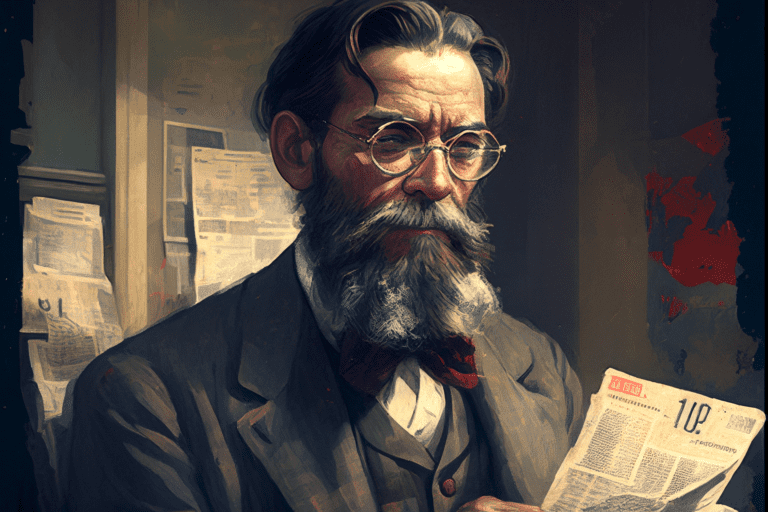
Multiple prices
The bartering system introduces the issue of multiple prices per good.[2] In an economy of two items, apples and pears, there will be one exchange rate. Apples priced in pears (e.g. 1 apple for 2 pears) and the reciprocal to that would be pears priced in apples (0.5 apples per pear). When you increase the number of goods in such an economy, the number of exchange rates increases substantially. If we have four goods (apples, pears, bananas, and oranges), the number of exchange rates increases to six.
- Apples priced in Pears
- Apples priced in Bananas
- Apples priced in Oranges
- Pears priced in Bananas
- Pears priced in Oranges
- Bananas priced in Oranges
If we have one hundred goods to trade, that would result in 4950 exchange rates.
No. of exchange rates = n x (n-1)/2
n = number of goods
Using the formula above, for your average Walmart store that holds about 10,000 goods, you’d be looking at an eye-watering 49,995,000 exchange rates. In small economies, a handful of exchange rates are manageable. The bartering system would not be able to scale to a global economy (let alone a single Walmart one).
With the use of money, there will be one exchange rate per good.
- 2 goods = 2 exchange rates
- 6 goods = 6 exchange rates
- 100 goods = 100 exchange rates
- 10,000 goods = 10,000 exchange rates
Coincidence of Wants
Coincidence of Scale

Imagine trying to trade pencils for a house. The owner of the house may not need two million pencils and you could not acquire fractions of a house. In the example given, each individual pencil has a relatively small value (much less than most goods or services). You can trade one pencil, a dozen pencils, or two million pencils. It doesn’t really matter. But if the homeowner has no need for so many pencils, the trade will not take place.
On the other hand, a house is not very divisible. Even if the homeowner only needed 30 pencils, you can’t trade just part of a house. A house is typically a large, expensive asset, and it’s not practical to trade a small piece of it. You would have to trade the entire house.
Coincidence of Time-frame

Imagine trying to accumulate enough oranges to trade for a truck. Since the oranges are perishable, by the time you accumulated enough oranges, half your stock would have gone rotten.
In this example, the orange has a limited lifespan. Each orange that is picked loses its value over time quickly (much quicker than the truck). Healthy delicious oranges are typically more valuable to someone than using rotten ones for compost. By the time you think you have enough oranges saved, you’ll find you have to return to the orange farm to pick more. Depending on how fast or slow you pick your oranges, you may never accumulate enough fresh oranges for the trade.
Coincidence of Location

Imagine trying to trade a factory by a lake for a house in the mountains. Typically, things like factories and houses are immovable. For this trade to occur, you must want a house specifically on that mountain. Not only that, but at the same time your trading partner will have to want a factory on the side of that specific lake. This could happen, but the chances of such a coincidence occurring are very slim and so this trade will likely not take place.
Solving the Coincidence of wants Problem

The coincidence of wants is what money solves, but how did it come to fruition? Did someone invent “money” or has it always been around? Lets use an example to help understand this.
Bob wants to trade his apples for Alice’s fish. The problem is Alice is allergic to apples and doesn’t want any of Bob’s apples. Bob overhears that Alice really likes bananas, but bob doesn’t have any. Luckily, Bob knows Mark, who owns a banana plantation. Bob goes to Mark to trade his Apples for Mark’s Bananas. Bob then uses these newly acquired bananas to trade for Alice’s fish.
What Happened?
Bob acquired the bananas purely for the purpose of acquiring another good (in this case Alice’s fish). In this instance, he used bananas as money. We have Consumption Goods which are goods we consume, such as bread for nutrition. We have Capital Goods which are goods we use to perform a task, such as using a car to drive from one place to another. We have Monetary Goods which are goods that we acquire for the sole purpose of acquiring other goods. This is commonly referred to as a medium of exchange. Money is the medium that is used to trade the goods or services we actually want.


In our next article, we’ll go through the evolution of money and discuss some historical examples of what occurred with primitive money.
References
- Investopedia. Barter System vs. Currency System: An Overview. Investopedia. Available at: https://www.investopedia.com/ask/answers/061615/what-difference-between-barter-and-currency-systems.asp [accessed 25 November 2022]
- Szabo N. Shelling Out: The Origins of Money. Nakamoto Institute. 2002. Available from: https://nakamotoinstitute.org/shelling-out/ [accessed 25 November 2022]
- Menger, C. (1892). On the Origin of Money. Economic Journal, 2, 239-255.
These articles were designed to make these concepts more palatable. If you’re interested in reading a more in-depth perspective on the concept of money, consider the following:
Robert Breedlove, “Money, Bitcoin and Time“ Saifedean Ammous, “The Bitcoin Standard: A Decentralised Alternative to Central Banking”. Wiley, 2018
Vijay Boyapati, “The Bullish Case for Bitcoin”
Robert Breedlove, “Masters and Slaves of Money“
Nick Szabo, “Shelling Out: The Origins of Money“

Ruki is a passionate Bitcoin educator who firmly believes in the principles of the Austrian School of Economics. As a sound money advocate he recognises its benefits to individuals and society as a whole. He is dedicated to empowering those without financial access to take control and build a more secure future.
